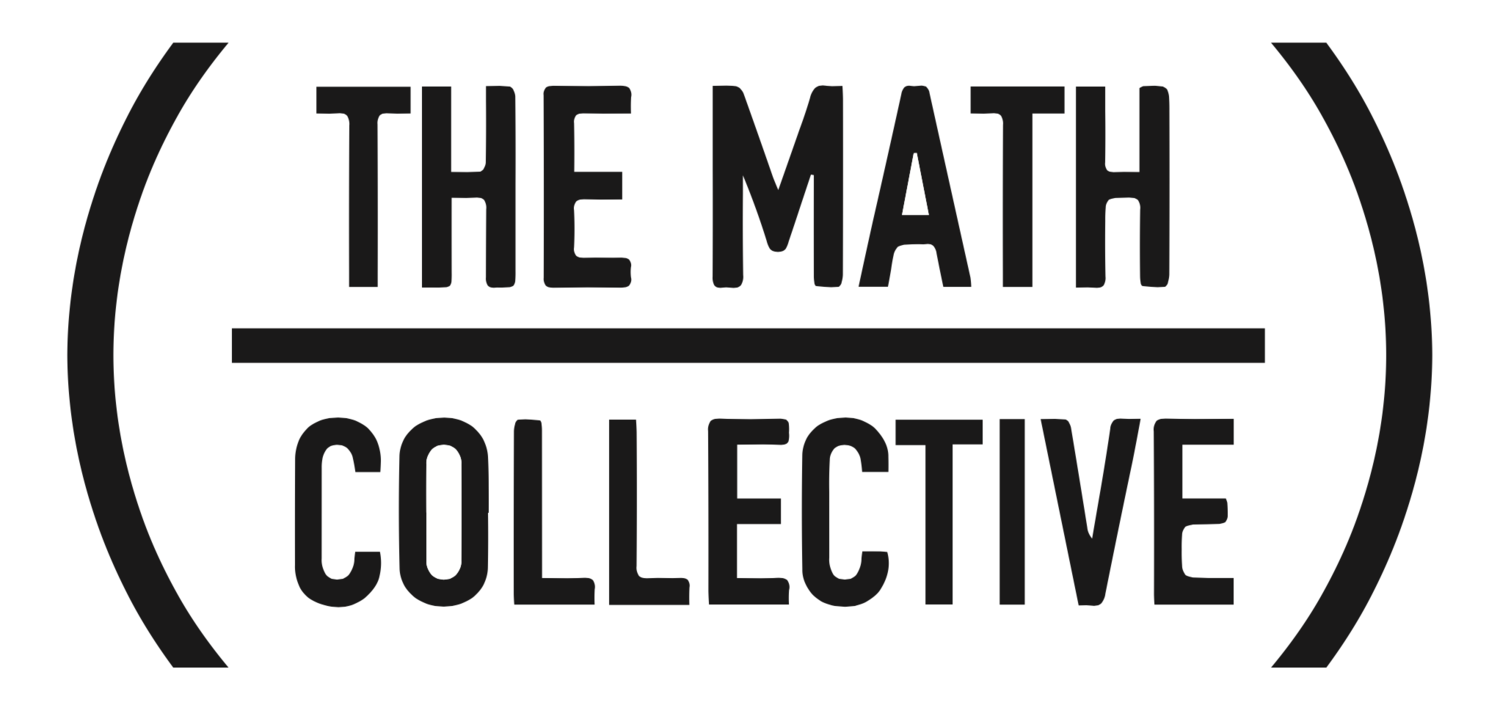Self-Directed Tasks
When students aren't yet using patterns and relationships that are required for the current curriculum content, support them with self-directed tasks.
Self-directed tasks follow this format:
• Students create a problem from a given format, often using digit cards
• Students make a prediction about the solution to the problem
• Students model the problem with a tool
• Students confirm or disprove their idea with the model
The goal of these activities is to provide experiences for students where their understanding breaks down. Students—not teachers—are in charge of discovering whether or not their own proposed solution is correct. Reliance on models they have built or drawn to prove correctness supports students in seeing themselves as mathematicians who make sense of the structure of mathematics.
Repeated experiences thinking, visualizing, and then adjusting solutions will support internalization of the connections students haven't made yet.
Self-directed tasks can be used with many content areas—particularly content with relationships that ultimately can be manipulated mentally. For example,
• adding a single-digit number to a double-digit number
• adding/subtracting 10 from any number
• parts of 10
• addition or multiplication combinations
• long division
Click here to access the self-directed tasks folder on Drive.

